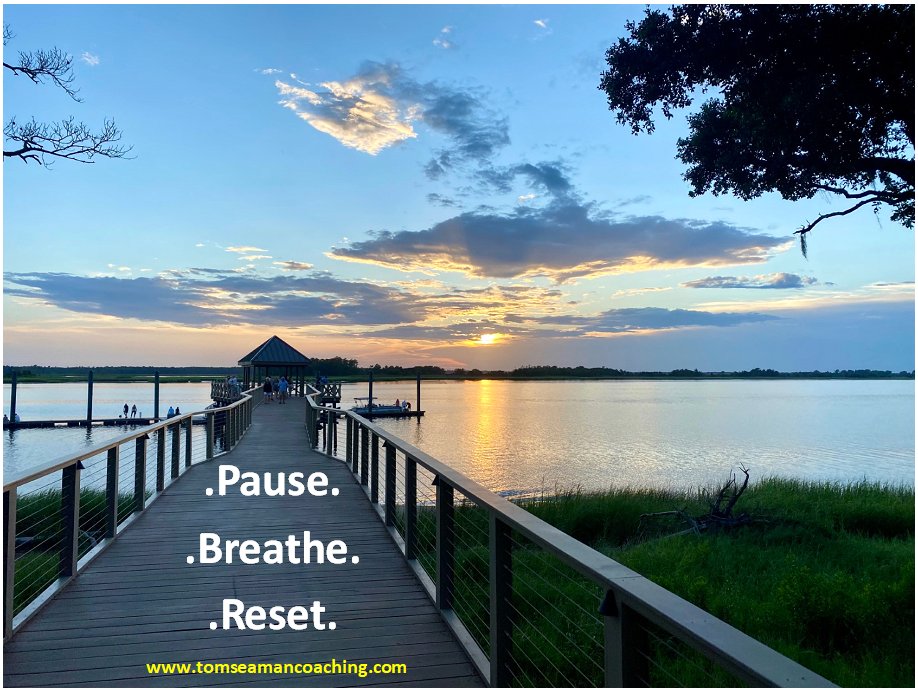If you have read my books, seen my blogs, or watched my videos, you know that I live with a neurological movement disorder called dystonia, which I’ve had since 2001. It can be a very painful condition and one that is highly unpredictable. Each day is different. Some days, the pain and other symptoms like muscle contractions/spasms, balance problems, fatigue, etc., are mild, and I can do more. On other days, I need to pull back and focus on self-care. This variability is common for many people with dystonia, as well as those with various other chronic conditions too numerous to list. Given this reality, I’ve had to develop strategies for coping with daily challenges and learning to listen to my body.
Many of us have a tendency to overdo it, pushing our bodies beyond their limits. As a result, we often feel worse because our symptoms worsen. I’ve fallen victim to this many times, mainly due to my impatience and go-getter nature. I’m sure many of you can relate. However, with practice and different strategies, I’m getting better at recognizing and respecting my body’s signals. In this blog, I’d like to share one strategy that I hope you’ll find helpful.
I visualize the severity of my symptoms as a traffic light. When the light is green, it means I’m feeling well enough to engage in more activities. The longer I continue with those activities, the more pain, muscle tightness, stiffness, contractions, and spasms I might experience. This is when the green light turns yellow—a warning to slow down and, very shortly, to stop.
The problem many of us face is that we push beyond this signal, and the light turns red, signifying that we must stop because we’ve let things deteriorate by overexerting ourselves. Consequently, we endure the consequences of not heeding our body’s signals. Sometimes we’re incapacitated for the rest of the day and maybe even the next or longer.
Rather than reaching that red light, where I’m forced to stop and engage in extended self-care (you can find my self-care video here), I aim to pause when I notice the yellow light. This is the point at which my body is saying, “Hey, Tom! What are you doing? You know I’ve had enough. Please stop now before you hurt me, or I will be forced to stop you.” Just as we do when driving—green is go, yellow is yield, caution, slow down, pay attention, beware, and red is stop—our bodies operate on a similar principle. However, for us, red signifies that we’re forced to stop due to overexertion and the resulting painful consequences. So, the key is not to stop on red but to stop on yellow.
I’m a very visual person, so having this metaphor in mind as it relates to my body is incredibly helpful. I also have another technique I like to use, known as “Pause. Breathe. Reset.” I’ve written a blog about it, which you can check out here. It focuses on how we can slow ourselves down when feeling rushed and anxious, allowing us to approach our day with mindfulness.
When we push ourselves too hard and reach the “red light” point, we’re compelled to rest. This forced rest is usually far more extensive than if we stopped ourselves before things got to the point where we might need several days of rest, when it could have otherwise been just a couple of hours or less or even no rest at all if we paid better attention to our bodies and their internal traffic light.
Many of us are stubborn and want to do more than our bodies permit. While stubbornness is an admirable quality, we need to channel it differently. Rather than using it to push through pain, use your determination to discipline yourself, slow down, and prevent more pain.






